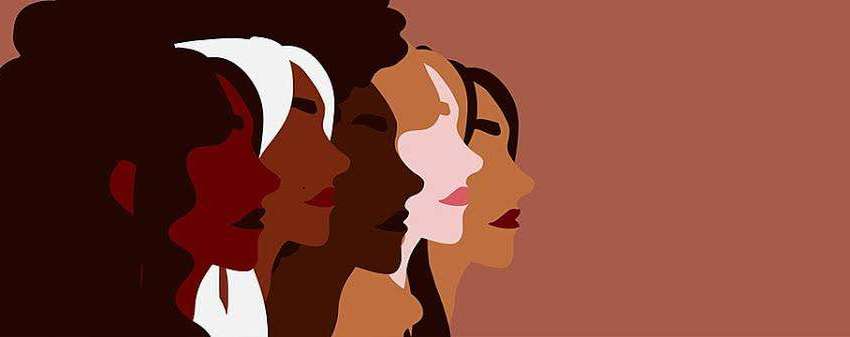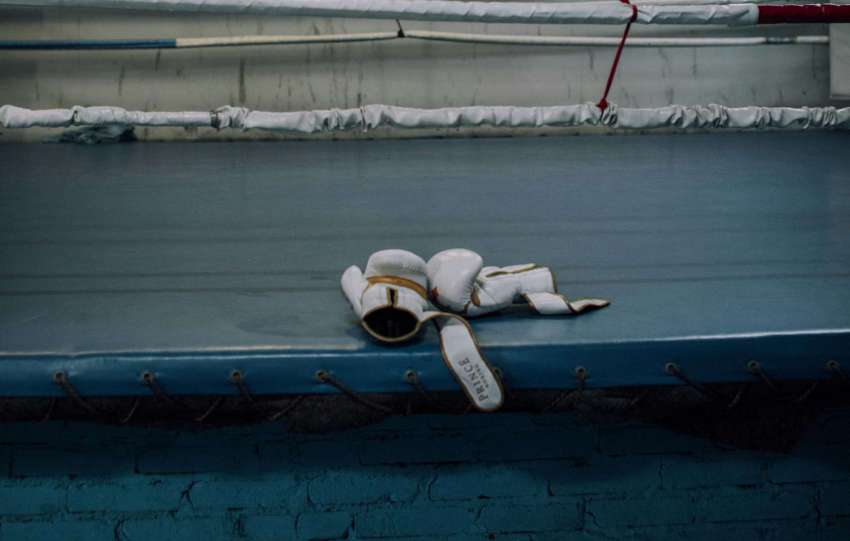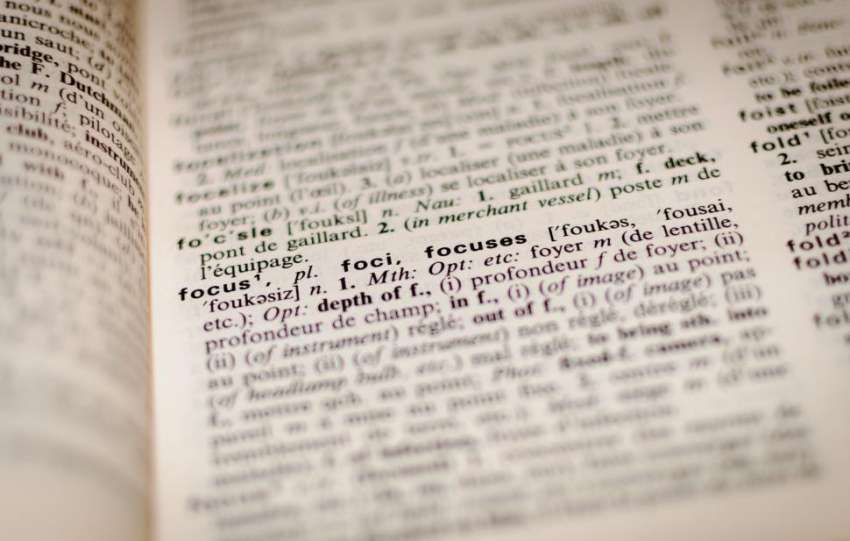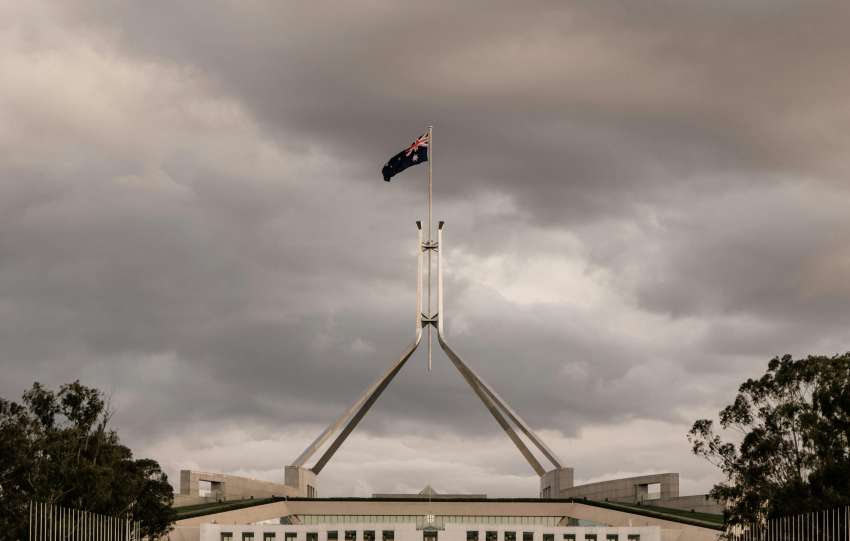There is approximately 11,500 km of distance between Sydney, Australia, and Kabul, the capital of Afghanistan.
That’s a completely useless fact that will mean almost nothing to you – if you are a man, it means even less. But if you are a woman, that distance is a blessing.
The Taliban’s Ministry for the Promotion…









